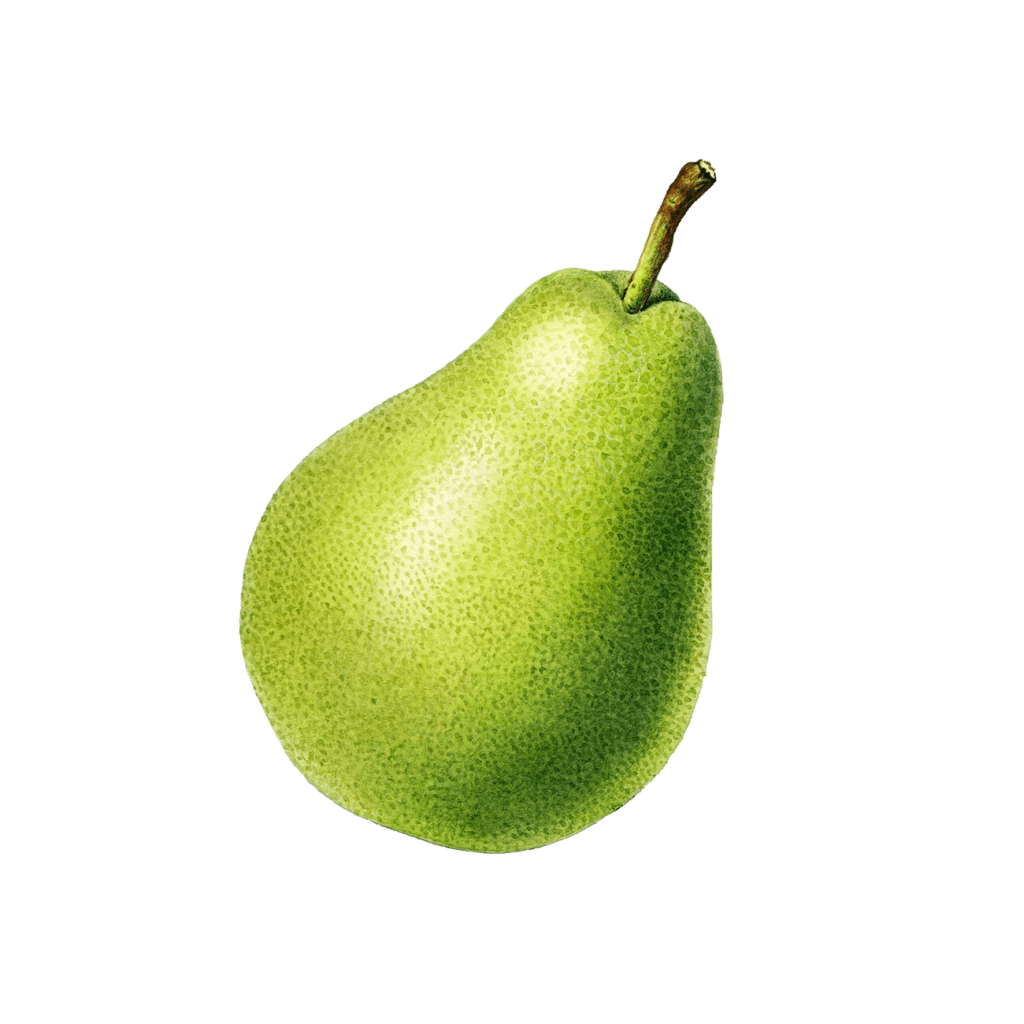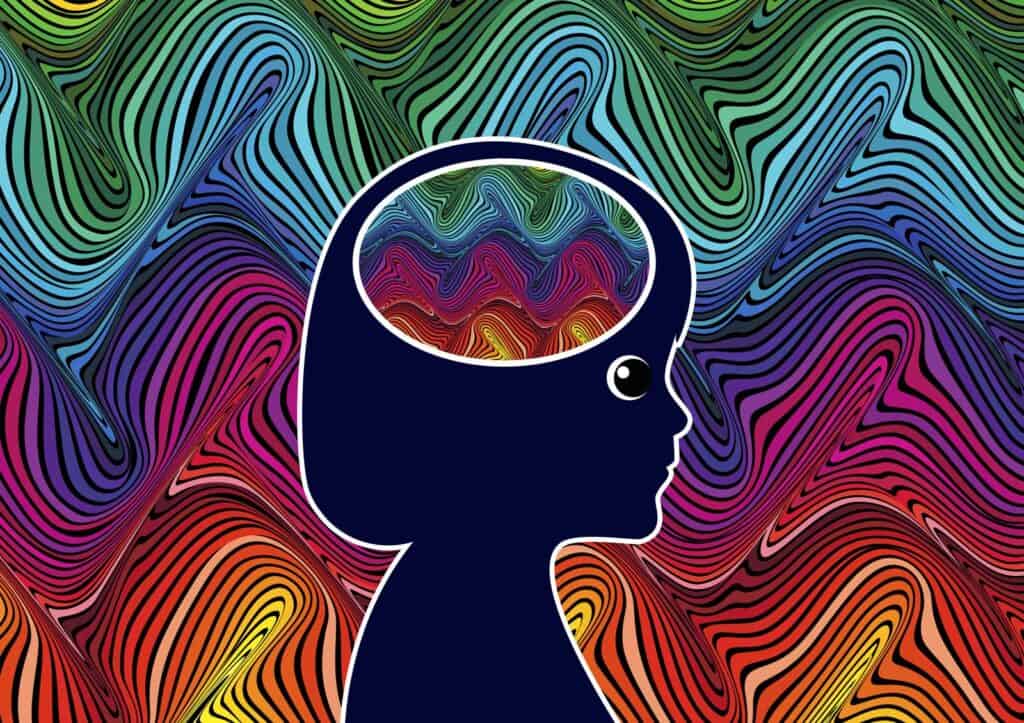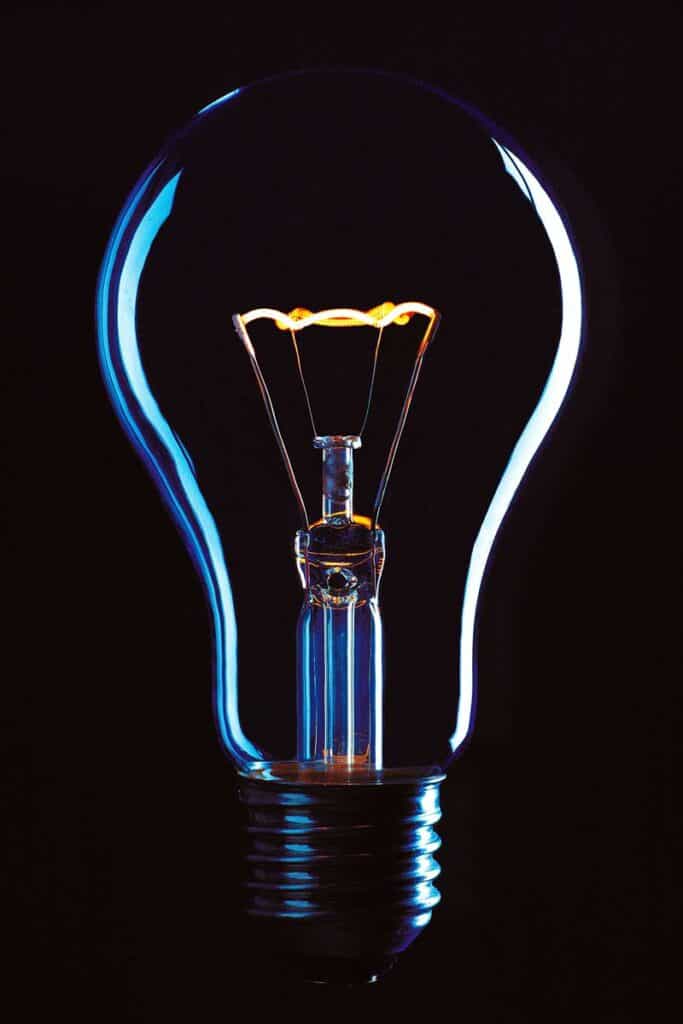Where to being
We have all gazed at the night sky and marvelled at the vastness of the universe since the beginning of human history. We have used light to brighten our lives and improve our well-being, but the discovery of fire and the first rudimentary lamps were just the beginning of the story.
Throughout history, light has played an essential role in human existence, often serving as the primary illumination source for human settlements and the primary medium for performing many vital functions. It has also served as a powerful tool for accomplishing various purposes, from providing warmth and comfort to increasing productivity and providing humans with a mechanism for expanding their understanding of the world around them. The first lamps and fires were the first steps in harnessing the power of light.
Since then, humans have used light to accomplish many purposes, ranging from providing warmth and comfort to increasing productivity and providing humans with a mechanism for expanding their understanding of the world around them. The first lamps and fires were the first steps in harnessing light’s power, representing a significant step forward in our understanding of light itself.
Light
The ancient Greeks were some of the first people to study the nature of light and develop theories about it. In fact, the word “light” is derived from the Greek word “leukos.
Light has always played an essential role in human existence. From the earliest civilisations to modern technology, humans have harnessed light for many purposes. The invention of the electric light bulb altered the course of history. The ability to create artificial light has made the world safer and more accessible.
Isaac Newton is undoubtedly the defining figure in the history of science. He was an English physicist and mathematician, widely regarded as one of the most influential scientists. His work on physics, in particular, has had a profound and lasting impact on our understanding of the universe and can even be seen in everyday life. But this man of genius, however fascinating, it is to note that Newton’s most important experimental contributions to physics are all in the field of optics.
He was the first to show that colour is the property of light and not of the medium. Through ingenious experiments, he could show that the light generated by the sun consisted of all colours. For example, when sunlight passes through a prism, it is dispersed in a rainbow of colours. The red colour bends the least, and the violet color turns the most. Since antiquity, this ability of glass prisms to generate multiple colours was known, but it was not attributed to light. Instead, colour was considered a characteristic of the material. Newton showed that no such dispersion occurred when a particular colour passed through the prism. In a relatively complicated setup, when these colours were combined and passed through the prism again, Newton recovered white light, proving that white light consisted of all the colours.
What exactly is light?
Depending on the conditions, light might be a variety of things. It may be the warm, bright beams of the sun or the glow from a light bulb in your bedroom. Light may be natural or manufactured, yet we use it daily regardless of how it is formed. A lot of scientific breakthroughs using light have occurred throughout the last century.
To put it simply, light is a form of radiant energy we can perceive with our eyes. In other words, light is visible energy! Visible light is a tiny component of a much larger section of what is known as the electromagnetic spectrum, which includes all energy forms that propagate across space in a wave-like fashion. Light waves bounce off objects and into our eyes daily, allowing us to view the items.

How do our eyes see colour?
Consider the hue of a green pear to help us understand how our eyes perceive colour. What is causing the pears to seem green? In this experiment, light is shone over a pear, causing it to absorb every hue in the visible spectrum except green. As a result, our eyes see green because the colour the apple does not absorb is reflected in our eyes. This is because light constitutes a tiny proportion of the entire electromagnetic spectrum’s total energy. The visible spectrum encompasses all the colours humans can see and is contained inside that limited space.

How does light work?.
When you flick on a light switch, the light bulb in your room emits tiny electrons called photons in various colours. These photons are the primary cause of the light in the room. As these photons travel through the air, they gently collide with the air molecules, which causes the photons to bounce off in different directions. Some of these photons eventually strike the molecules of your retina, which allows you to perceive the light.
How has light been used throughout history?
The use of light stretches back to some of the earliest civilisations on record. The Egyptians used lamps filled with oil or fat to create artificial light. They also developed a system of mirrors to reflect sunlight into dark places, such as tombs. The ancient Greeks were some of the first people to study the nature of light and develop theories about it. “Light” is derived from the Greek word “leukos”, meaning white.
In more modern times, electric lighting has become ubiquitous in society. Light bulbs have replaced gas-lit lamps and candles as our primary artificial light sources. Light is now used in various ways to improve our quality of life. Light is used to increase productivity and make our surroundings more comfortable.
The modern understanding of light has evolved substantially from the ideas of the ancient Greeks. Today, we know that light behaves as a wave with a single energy frequency. This discovery was a breakthrough in our understanding of the nature of light. The discovery of the electric light bulb in the 19th century expanded our knowledge of the role of light in society.
Eureka, I see the light.

The electric light bulb was not the first invention to use electricity to create light. In 1801, Humphry Davy invented an electric arc lamp, which used an electric current to produce a bright, white light. However, the electric arc lamp was not very practical for everyday use. It produced a lot of heat and was difficult to control.
It was not until 1879 that Thomas Edison developed the first commercially successful incandescent light bulb. The incandescent light bulb is a glass bulb filled with a gas such as argon. A metal filament is located inside the bulb, and it becomes scorched when electricity is passed through the filament. The filament’s heat then causes the bulb’s gas to glow, producing light.
The light bulb made by Edison was a significant improvement over the electric arc lamp. It produced much less heat, was more reliable, and could be easily controlled. The widespread adoption of Edison’s light bulb led to the development of electrical grids and the modern electrical system.
Modern light
Since its invention, the light bulb has undergone many changes and improvements. In the early 20th century, fluorescent lights were developed. Fluorescent lamps work by passing an electric current through a gas-filled tube. This causes the gas to emit ultraviolet light, which is then converted into visible light by a fluorescent coating inside the box. Fluorescent lights are more energy efficient than incandescent lights and can last longer.
Light-emitting diodes, or LEDs, are semiconductors that create light when an electric current passes through them. Unlike incandescent lamps, which use electricity to generate heat that produces light, LEDs directly convert electricity into light. This makes them much more efficient than incandescent lamps and thus more environmentally friendly. In addition, LEDs can be used in several ways that incandescent lamps cannot, such as in sensory lighting and lighting design. Because of this, LED light bulbs are quickly becoming the best choice for commercial and residential use.
The discovery of electricity allowed us to illuminate our world, providing light in various ways. The use of electric light has profoundly impacted how we live our lives. Creating light has enabled us to design and build our spaces to a much higher standard.
The power of light is undeniable. It has shaped history and continues to play a vital role in our lives today. We would be lost without it.
Ambers Work
As a lighting artist, I see lamps not just as functional objects but as opportunities for personal and creative expression. To me, lamps are more than just sources of light; they are sculptures that can transform the way we experience space and time. By playing with light, colour, and shadow, lamps can create moods and atmospheres that enhance our senses and inspire our imaginations. Whether it is a simple table lamp or an elaborate chandelier, good lighting design is always about more than just function; it is about creating an unforgettable experience. I hope that my work will inspire you to see lamps in new ways and to experience the magic of light, colour, space, and time.
Amber Stefani
